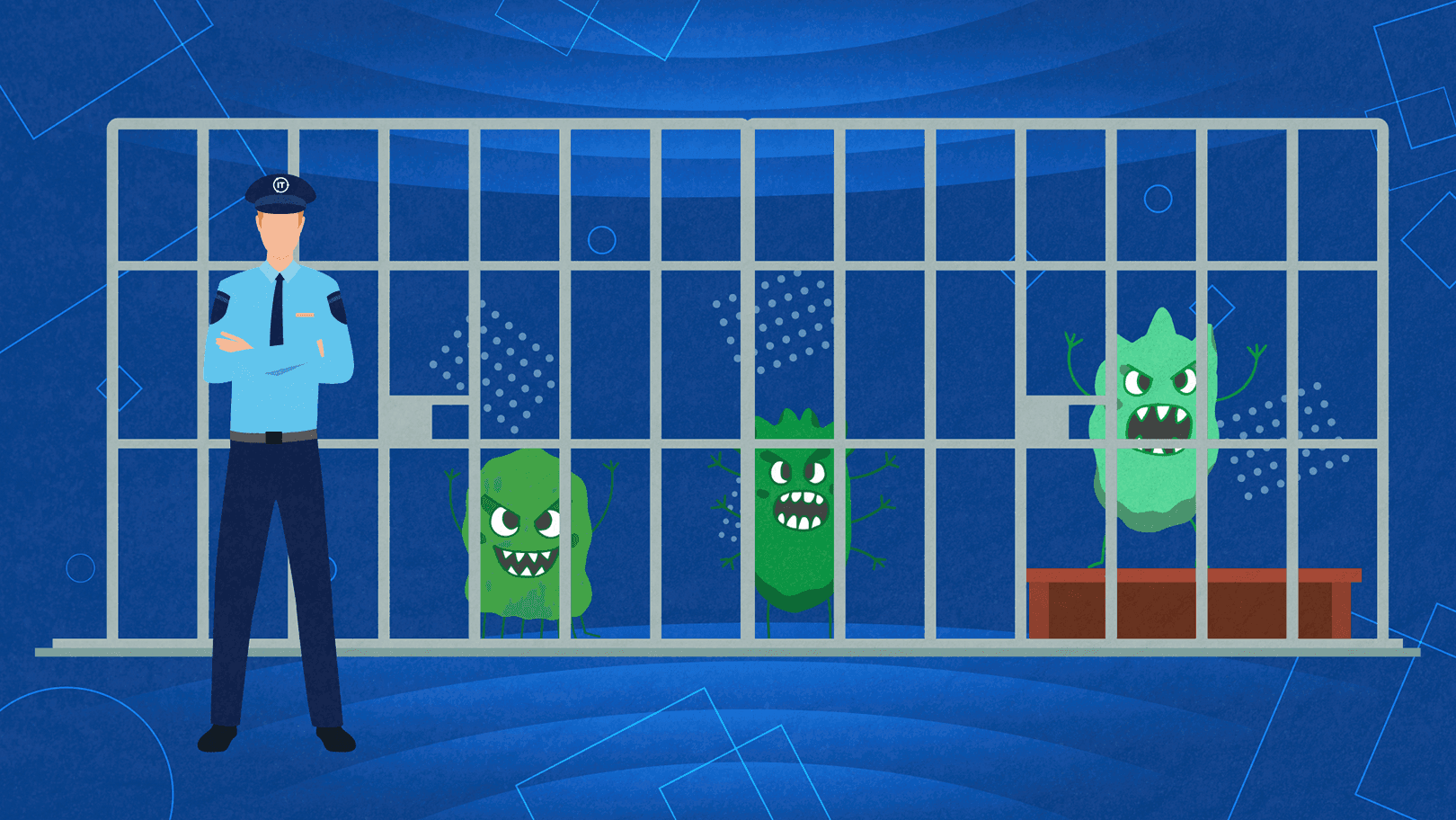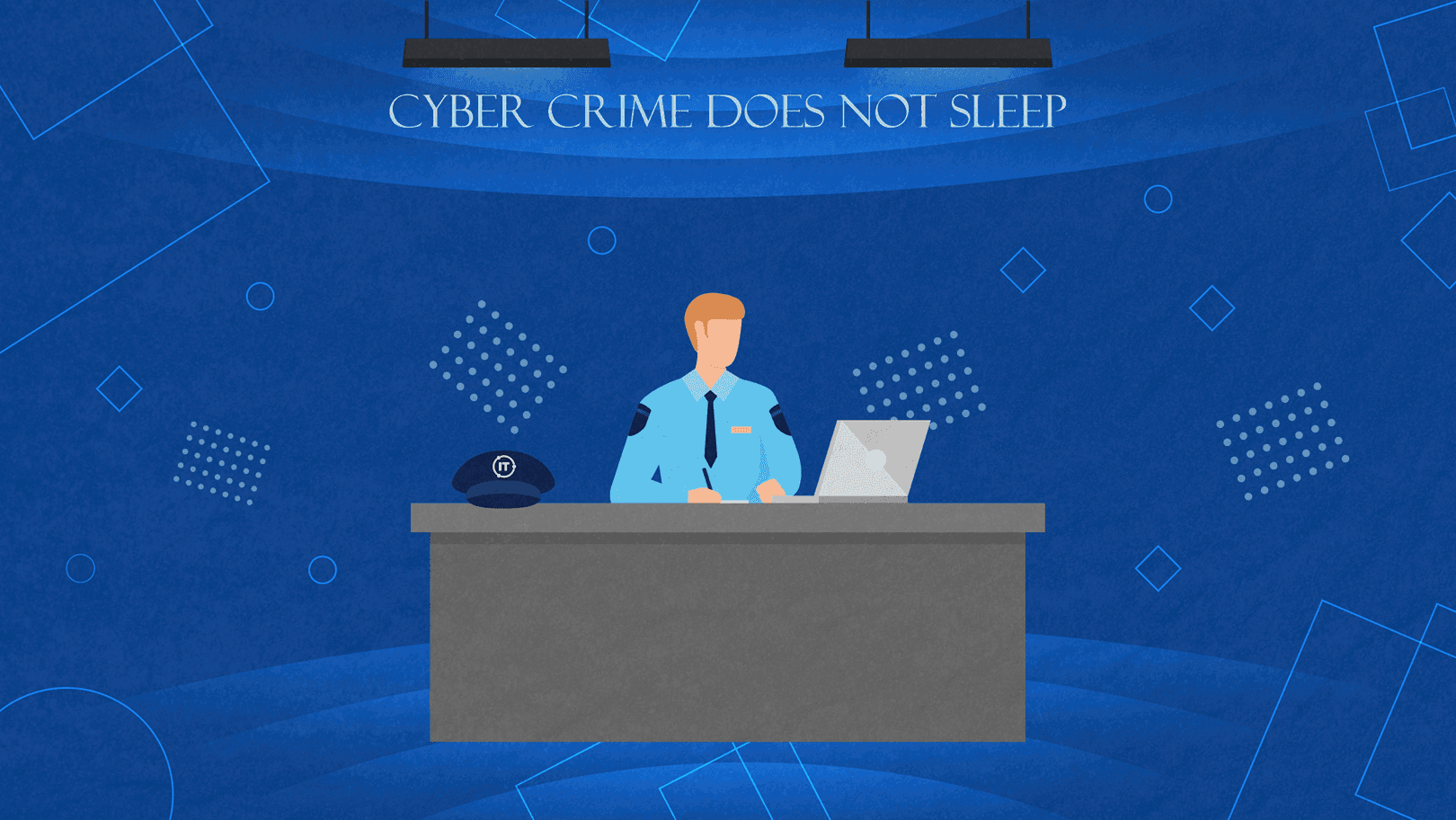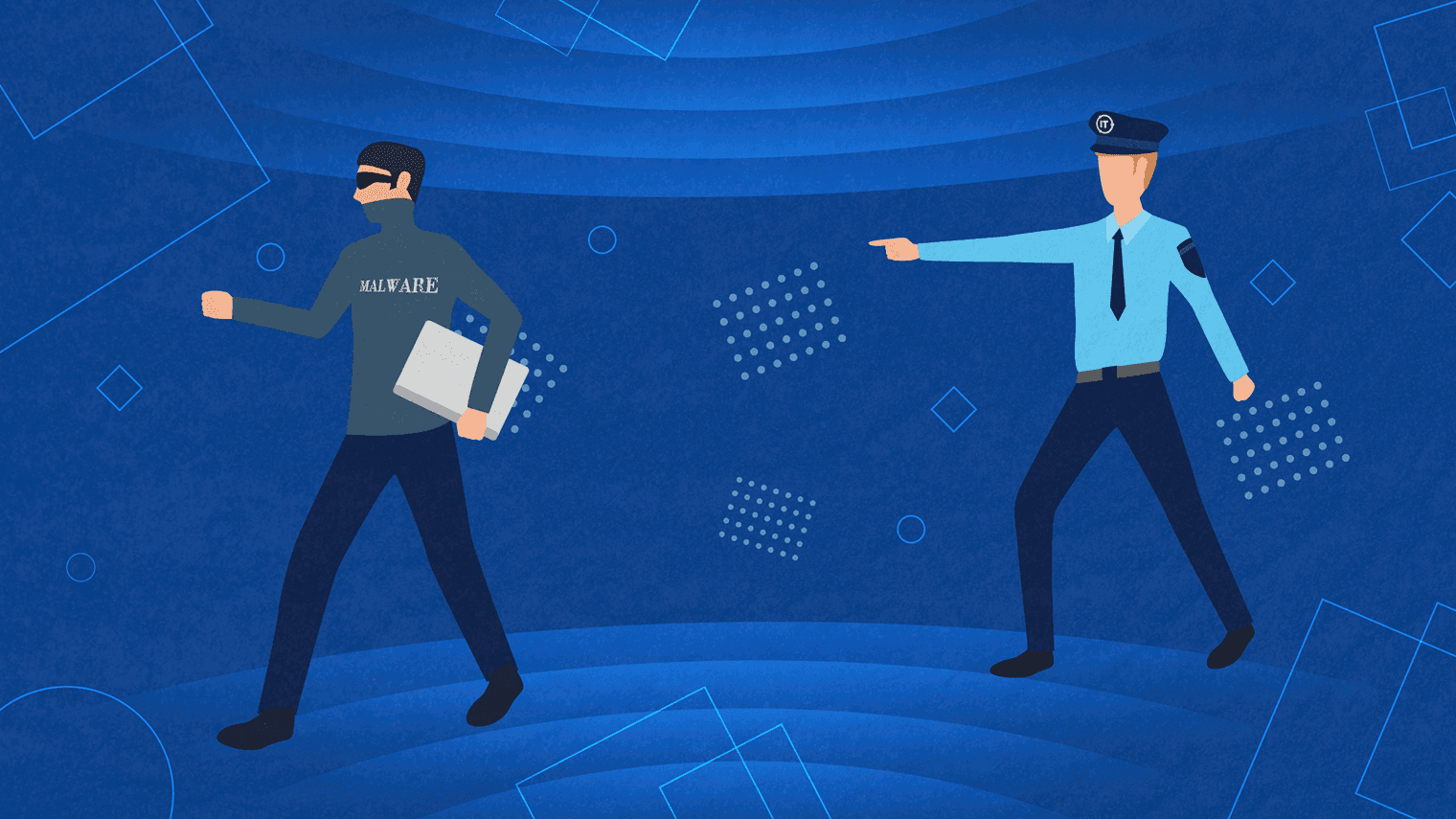5 Common Enterprise Cybersecurity Threats

As enterprises become more and more dependent on different technological solutions to properly function and keep everything afloat, cybersecurity increases in importance.
While technology helps us automate mundane processes and resolve complex issues in a matter of seconds, it also exposes our business to new risks. Like everything else that has a connection to technology, cyberattacks are becoming more sophisticated.
Even though most companies now invest a great deal of money in data protection and training their employees how to securely handle their work-related software and information, cyber criminals still find ways to exploit all weaknesses they can find. This can lead to serious economic and information losses, and bring damage to customers, providers, users; not to mention the company’s reputation.
The sad truth is that for enterprise-level brands - it’s only a matter of time when someone will try to breach their security and steal their data.
The biggest downside here is that you can never really know when a cyberattack is going to take place. Security risks come in all shapes and sizes. It’s almost impossible to locate every single vulnerability in your network and fix it before someone takes advantage of it.
However, it’s not all as grim as it sounds. To stay on top of your security game, we at Share IT believe that the best defence strategy is to figure out your enemy before it strikes.
In the following segments of this article, we are going to introduce you to 5 common cybersecurity threats and explore how to avoid them.
1. Phishing

It may seem that phishing isn’t much of a threat for enterprise-level companies, but that’s exactly what makes it an extremely sneaky hacking tactic. Precisely because corporations are so hard to attack on a higher level, hackers choose to target individual employees and trick them into wiring money. Since business operations inside such big organizations are numerous and everything is rather fast paced, these things tend to slip through the management’s eyes.
If you think you personally are too smart to get tricked, think again. Let us remind you of May 2017 and the infamous massive phishing attack that targeted millions of Gmail users. The worm came to the user’s inbox, posed as a trustworthy contact, and asked the recipient to check the attached Google doc. Once the user clicked on the link, they were redirected to a Google security page.
Well, at least it seemed like a Google security page.
Maliciously designed to look extremely authentic, this page asked for personal information in order for the user to proceed. Some fell for it, while others hit the back button and saved themselves a lot of trouble.
As you can see, this type of cyber attacks have become very sophisticated and therefore - hard to detect. The end goal of these attacks is most commonly identity theft or money extortion.
To protect yourself, always think twice before clicking and use multi-authentication option to secure your online accounts.
2. CEO Spoofing
Similar to phishing, a spoofing attack implies someone pretending to be someone else, usually in email or text communication. The goal of cyber criminals using this tactic is to gain the recipient’s confidence, get access to the company’s system, steal data, spread malware, and/or trick individuals to wiring money.
When it comes to enterprise-level companies, it’s usually CEO spoofing we’re talking about. Hackers target C-level executives that have decision-making power and can easily order money transfers without many questions asked. A common tactic for hackers is to follow the company closely over social media and company’s official announcements, and keep their eyes open for events such as conferences outside of the country or some other important happenings that require CEO’s presence. As you can see, these criminals are not only crafty in the tech department, but they also commit to research.
Hackers might pose as CEOs and reach out to the specific employee to ask for a huge amount of money to be transferred ASAP because of a great business opportunity such as urgent acquisition or some unexpected expenses.
Think you would definitely recognize this type of attack? Well, in 2016, a drug company called Upsher Smith Laboratories lost around $50 million because of CEO spoofing. Scary stuff.
To protect themselves from such terrifying scenarios, enterprises usually introduce multilevel verification procedures when it comes to money transfers.
3. Malware

Malware, a.k.a malicious software, is a term used to describe any type of computer software with malicious intent.
Malware is quite tricky because it can be extremely hard to detect. There are many types of malware (e.g. trojans, worms, backdoors), but “adaptive malware” is probably the most common and most dangerous type that enterprise-level companies have to deal with.
This specific type of malware has the ability to shapeshift and hides itself from those who seek to remove it. It uses encryptions and other methods to hide its code, which makes it a total nightmare.
There are many different things you can do to save yourself from this type of problem. You can, for example, use multiple anti-malware software and anti-viruses to keep you safe. You can also try email spam filter and other popular forms of endpoint security measures. This may be expensive, but in the long run - it’s a smart investment.
Another great way to prevent malware from entering and corrupting your system is to frequently update your cybersecurity systems, block suspicious websites, and train employees how to safely handle company data and software. Of course, this is just the tip of the iceberg. There are many different things you can do to prevent malware, but that’s a topic worthy of a separate blog post.
4. Ransomware
Ransomware is another serious cybersecurity threat for enterprises. The perpetrator hacks their way to a company’s network. After they gain access, they place ransomware which infects an endpoint, server, or database, and then encrypts it. One digital asset or several ones at the same time may get affected.
Once the company is restricted from accessing vital data, the hacker asks for a ransom in order to safely return all the data to the rightful owner. They might threaten to delete the data or breach the sensitive third-party data if they don’t receive the money in a timely manner.
Sounds like it’s a part of a James Bond movie, but it is very much real.
To make things worse, ransomware is constantly evolving. In November 2019, a new ransomware that attacks enterprise servers has been detected. It has been named PureLocker because it’s written in the PureBasic programming language. This is quite unusual, but it’s suspected that hackers deliberately used this language since it makes it harder for security vendors to generate reliable detection signatures for malware written in PureBasic.
In most cases, enterprises choose to invest in safe backup solutions so that they can easily bounce back in case they become victims of ransomware. When data is duplicated and safely stored in the cloud or some other secured on-premise location, all the business operations can continue freely even if every single part of data vanishes in an unfortunate ransomware event.
Most commonly, ransomware happens due to system vulnerabilities, which leads us to the last segment of this article: the fifth cybersecurity threat enterprises face.
5. Infrastructure Vulnerabilities
Infrastructure vulnerabilities are the source of most tech security issues and successful hacks that happen to your system. Even though they might seem unimportant, these low-level threats are often able to create a lot of serious havoc. That’s why you need to frequent test them and eliminate all minor issues before they transform into major problems.
When testing the security of your network infrastructure, you should always look at the following:
- Firewalls and IPS, and where they’re placed in your network and how they’re configured
- What hackers see when they scan your ports
- What can they exploit when it comes to your host
- Network design: Internet connections, remote access capabilities, layered defenses, host’s placement in the network, etc.
- What protocols are in use
- Commonly attacked ports that are unprotected
- Network host configuration
- Network monitoring and maintenance
Need Someone to Help You With Enterprise Software Development?
As we mentioned above, there is no 100% guarantee that your data and system will stay protected from every cybercriminal out there. No software provider can claim that given the fact that new hacking methods are born every day.
This is why proactivity, education, and investment in advance security measures are the best and most responsible actions any management in enterprise-level companies can take.
At Share IT, we combine our expertise and vast knowledge of industry’s best cybersecurity practices to create customized software for our enterprise clients. There is a good reason why we choose to work with renowned Microsoft products. We develop apps either on-premise or in Microsoft Azure, which is by far the most secure cloud environment.
We can take care of software development that will support your business operations and help you overcome challenges, so that you can thrive and focus on more important things. If you’re in need of such services, contact us today.